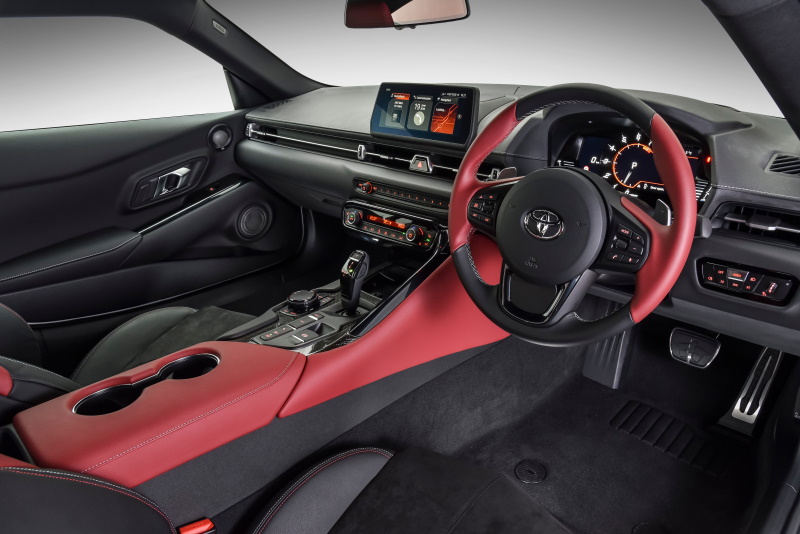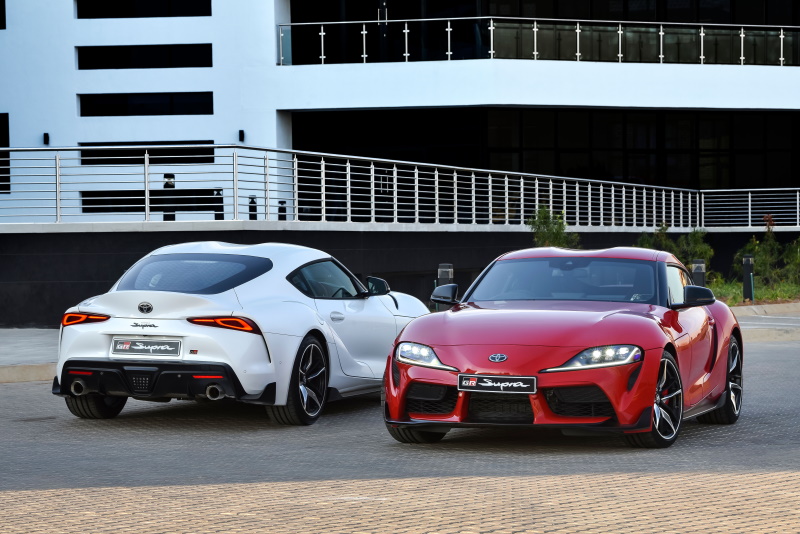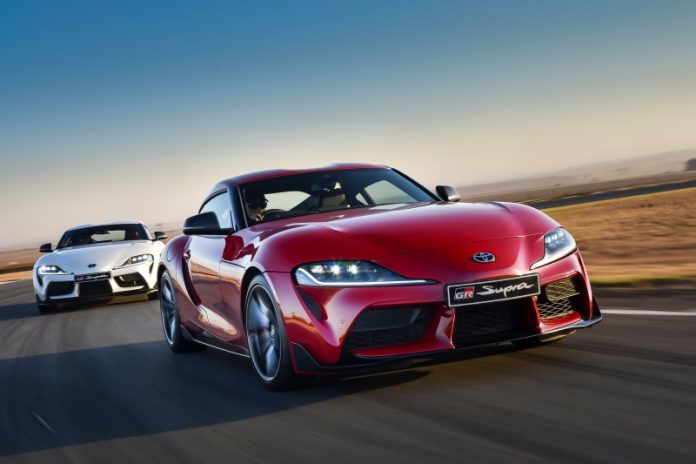Depending on how you look at it, Toyota’s decision to partner with BMW on the all-new GR Supra can either be met with a celebratory fist bump, or a look of disdain. Disdain in the sense that the Supra should have been a pure-bred Toyota. It’s a no brainer: Gazoo Racing (GR), Toyota’s racing division, has all the technical knowhow and expertise to design and built their own sports cars. In 1981, when the Supra first arrived, it was an all-Toyota product. All four generations preceding this 2019 model were proudly made in Japan, because ‘Rōkaru wa rekukādesu!’ (Japanese for Local is Lekker). Every part, every panel, every intricate detail of the drivetrain. The drivetrain…
This is what’s gotten so many fan boys – and girls! – hot under the collar, because Toyota went in search of a partner – in Europe of all places – to power its fifth-generation Supra. And here’s where BMW comes in. This German automaker is known for producing some of the world’s finest, and most revered engines. Powerful, durable, and capable to handle the onslaughts petrol heads dish out. Let alone the media! What BMW also has is a chassis underneath the Z4 that suffices to the size and requirements of the Supra. And so began negotiations to have the Supra share multiple parts with BMW’s Z4. Engine, gearbox, chassis… even the interior reminds strongly of the Z4.

What many of us tend to forget, maybe conveniently, is that Toyota does not have a strong, brawny in-line six-cylinder engine in its garage. Oh, the 2J? Well, it’s an old engine and will not pass modern day emission requirement tests. Who else to turn to than BMW who’s been building six-cylinder engines for as long as we can remember. There was no two-ways about it, because the Supra needs to be powered by such an engine. Nowhere in the car’s history has any other engine been used. If not for BMW and the company agreeing to share parts, then the Supra might not have happened.
See, producing just another engine would not be that difficult for a company like Toyota. But when you factor in emission requirements, research and development costs to have the engine comply with today’s stringent tests, then you’re better off buying from someone and making a deal on how the two companies can work together on future projects. Cost- or part-sharing, if you will. Part-sharing is not uncommon, either. Toyota and Subaru partnered a few years ago to produce the GT86 and BRZ, respectively. Ford and Mazda did it for years on their cars and bakkies. Opel and Peugeot will be doing it soon with the next-generations Corsa and 208. BMW and Jaguar Land Rover recently joined forces to work on electric vehicles for the future.

The GR Supra and Z4 sharing parts is not the end of the world and is there no reason for anyone to shout ‘Blasphemy!’ at the top of their lungs. The Toyota GR Supra is a sports car in own right, so it’s okay to give that celebratory fist bump.
We will review the Toyota GR Supra alongside the BMW Z4 in a later issue.

This article by Charlen Raymond first appeared in Ultimate Drive Ed.56




